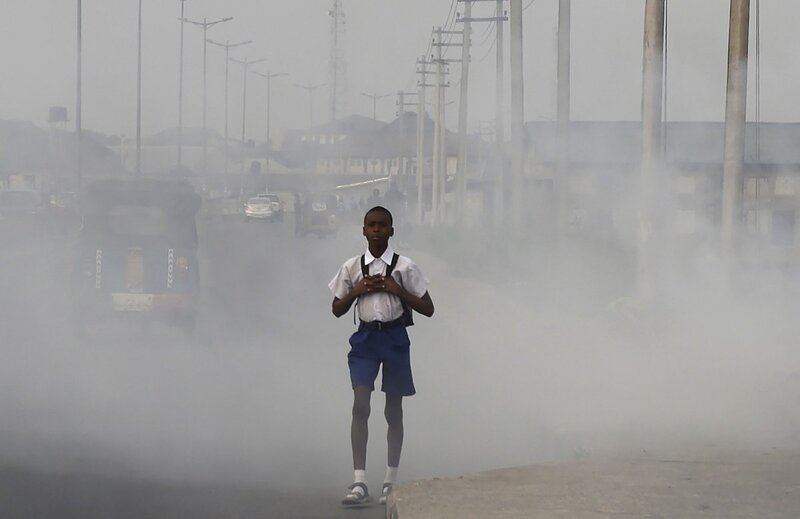
ESCWA: Climate finance to Arab region went mainly to Egypt, Iraq, Morocco
The United Nations Economic and Social Commission for Western Asia (ESCWA) said climate finance to ...

The World Health Organization (WHO) is issuing an urgent call for accelerated action by leaders and all people to preserve and protect health and mitigate the climate crisis as its estimates show that over 13 million people worldwide die from due avoidable environmental causes.
Almost the entire global population (99%) breathes air that exceeds WHO air quality limits, and threatens their health. A record number of over 6000 cities in 117 countries are now monitoring air quality, but the people living in them are still breathing unhealthy levels of fine particulate matter and nitrogen dioxide, with people in low and middle-income countries suffering the highest exposures.
The findings have prompted the World Health Organization to highlight the importance of curbing fossil fuel use and taking other tangible steps to reduce air pollution levels.
Marking the World Health Day under the theme “Our planet, our health, the 2022 update of the World Health Organization’s air quality database introduces, for the first time, ground measurements of annual mean concentrations of nitrogen dioxide (NO2), a common urban pollutant and precursor of particulate matter and ozone. It also includes measurements of particulate matter with diameters equal or smaller than 10 μm (PM10) or 2.5 μm (PM2.5). Both groups of pollutants originate mainly from human activities related to fossil fuel combustion.
WHO last year revised its Air Quality Guidelines, making them more stringent in an effort to help countries better evaluate the healthiness of their own air.
“Current energy concerns highlight the importance of speeding up the transition to cleaner, healthier energy systems,” said Dr Tedros Adhanom Ghebreyesus, WHO Director-General. “High fossil fuel prices, energy security, and the urgency of addressing the twin health challenges of air pollution and climate change, underscore the pressing need to move faster towards a world that is much less dependent on fossil fuels.”
In the 117 countries monitoring air quality, the air in 17% of cities in high-income countries fall below the WHO’s Air Quality Guidelines for PM2.5 or PM 10. In low- and middle-income countries, air quality in less than 1% of the cities complies with WHO recommended thresholds.
Globally, low- and middle-income countries still experience greater exposure to unhealthy levels of PM compared to the global average, but NO2 patterns are different, showing less difference between the high- and low- and middle-income countries.
About 4000 cities/human settlements in 74 countries collect NO2 data at ground level. Aggregated, their measurements show that only 23% of people in these places breathe annual average concentrations of NO2 that meet levels in the recently updated version of WHO’s Air Quality Guidelines.
“After surviving a pandemic, it is unacceptable to still have 7 million preventable deaths and countless preventable lost years of good health due to air pollution. That’s what we’re saying when we look at the mountain of air pollution data, evidence, and solutions available. Yet too many investments are still being sunk into a polluted environment rather than in clean, healthy air,” said Dr Maria Neira, WHO Director, Department of Environment, Climate Change and Health.
The United Nations Economic and Social Commission for Western Asia (ESCWA) said climate finance to ...
Elizabeth Maruma Mrema, Deputy Executive Director of the United Nations Environment Program (UNEP), said every ...
President Abdel Fattah El Sisi issued eight directives on the Labor Day to ensure providing ...


اترك تعليقا